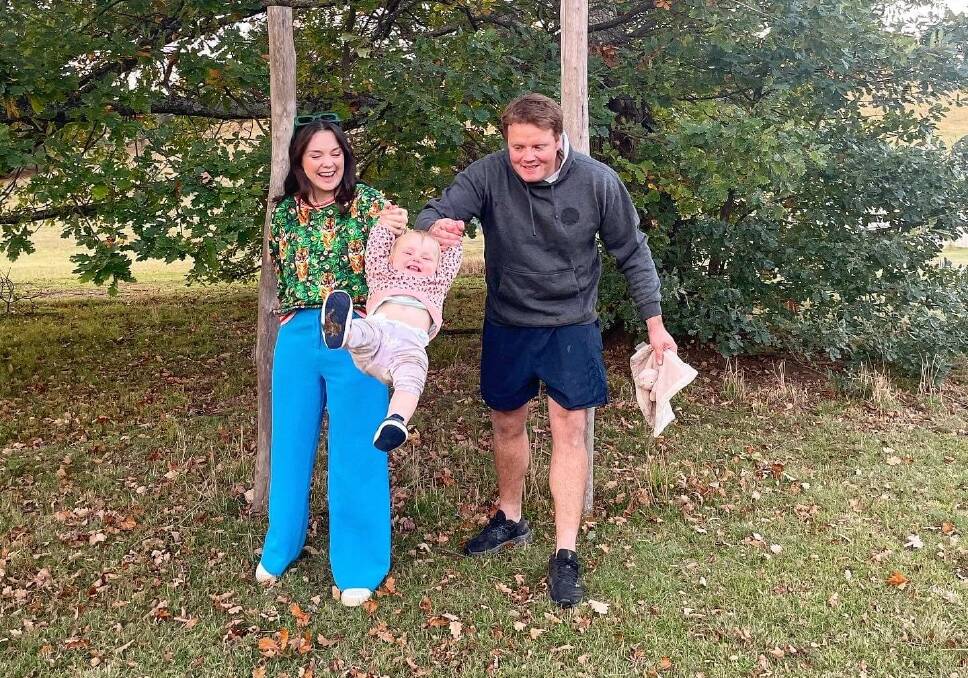A surge of millennials have poured into once-quiet regional streets, marking a booming new era for country towns.
Data released today from the Regional Australia Institute (RAI) - confirming what the institute has deemed a "regional renaissance" - reveals more than 54,000 millennials headed to the regions in the last Census period than the one prior.
Around 37,00 millennials, defined as people born between 1982 and 1996, left the regions between 2011 and 2016 but over 57,000 were gained by those places in the five years following.

The data comes after more than 26,000 people fled capital cities during the pandemic lockdowns.
And the findings are not just a game of numbers.
They prove the end of the long-held national myth that young people leave regional areas for good. Instead, they are now returning to work, begin businesses and raise families away from city life.
An equivalent report last year revealed a seven per cent upswing in migration to regional Australian from March 2020-2021. Now, we understand more about why.
"These people are returning in large numbers," RAI chief executive Liz Ritchie told ACM.
"The [proof] is in the data," she said. "You can not understate what I describe as a societal transformation."
Ms Ritchie said people were living and working in "profoundly" different ways, making lifestyle choices over career ones - a shift she does not think Australians will go back from.
So, what exactly does the data reveal?
A new working era
The pandemic killed full-time office work and, for many millennials, it is a death they will never mourn. Ms Ritchie said young professionals were "taking their work with them" to the regions.
The pandemic, she said, had been a "catalyst" for many to work-from-home in regional locations full time.
For others, going regional has led to a totally different career.
Emma Baker, 28, moved from Sydney to Mudgee with husband Jim Wilson just over three years ago. She knew it would be the end of her in-house career in fashion design - but it realised a long held, "one day, maybe" dream.
Ms Baker now owns a successful lifestyle store, Good Day Lifestyle Co, in the town's centre. She signed the lease with a four-month-old baby, Olivia, in tow during a "crazy moment of sleep deprivation".

But Ms Baker said the move to small business - and a regional lifestyle - is something she "wouldn't change for the world".
"It really is a different way of working - a movement," Ms Ritchie said of the "hundreds" of millennials reviving regional small business.
A lifestyle move
Migration out of capital cities only increased marginally between the two censuses, but the figures show millennials wanting to live outside metropolitan areas has boomed.
Victoria dominated the charts, with nine of the top 20 millennial relocation hotspots - Surf Coast, Moorabool, Mitchell, Bass Coast, Golden Plains, Mansfield, Baw Baw, Indigo and the Macedon Ranges. Yass Valley and Maitland ranked for NSW, along with Sorrell, Clarence and Glamorgan in Tasmania.
The top spot for millennial influx was Bridgetown-Greenbushes in Western Australia.
For many, lifestyle was the main driver.
"Sometimes it hits me that we are regional but watching your kid grow up on land is pretty special."
"People are living where they [want to be]," Ms Ritchie said. "Not just for work".
Ms Baker and Mr Wilson considered buying an apartment or house on a small block in Sydney, but "plainly couldn't afford it".
Now, they own a house on 20 acres of land and rent a shop front.
"Sometimes it hits me that we are regional," Ms Baker said. She spent much of her pregnancy travelling to Sydney for appointments. "But watching your kid grow up on land is pretty special."
Affordability may also account for the rise of purchases in satellite suburbs, located just outside major regional or city hubs.
Satellites of Newcastle like Cessnock and Maitland have seen a significant rise in millennial populations, as has Queanbeyan-Palerang - which sits outside Canberra - and the Sunshine Coast near Brisbane.
"As [larger] areas become popular, there is a ripple effect," Ms Ritchie said.
Investment in the regions
But with population growth comes the need for better infrastructure - hospitals, schools, transport and housing in regional areas remains under strain.
More urgent care clinics were announced for NSW in June to ease emergency room pressures, including in the local health districts of western, northern and Murrumbidgee. A $3.5 billion housing package, announced by Labor in August, is expected to help rural towns and negotiations around the state's public transport remain underfoot.
While these moves are welcome, Mr Ritchie said we need "government and policy makers" to "seriously consider" their long-term investments in regional areas.
"The way of living and working has changed," she said. "[I don't think] we will go back."


